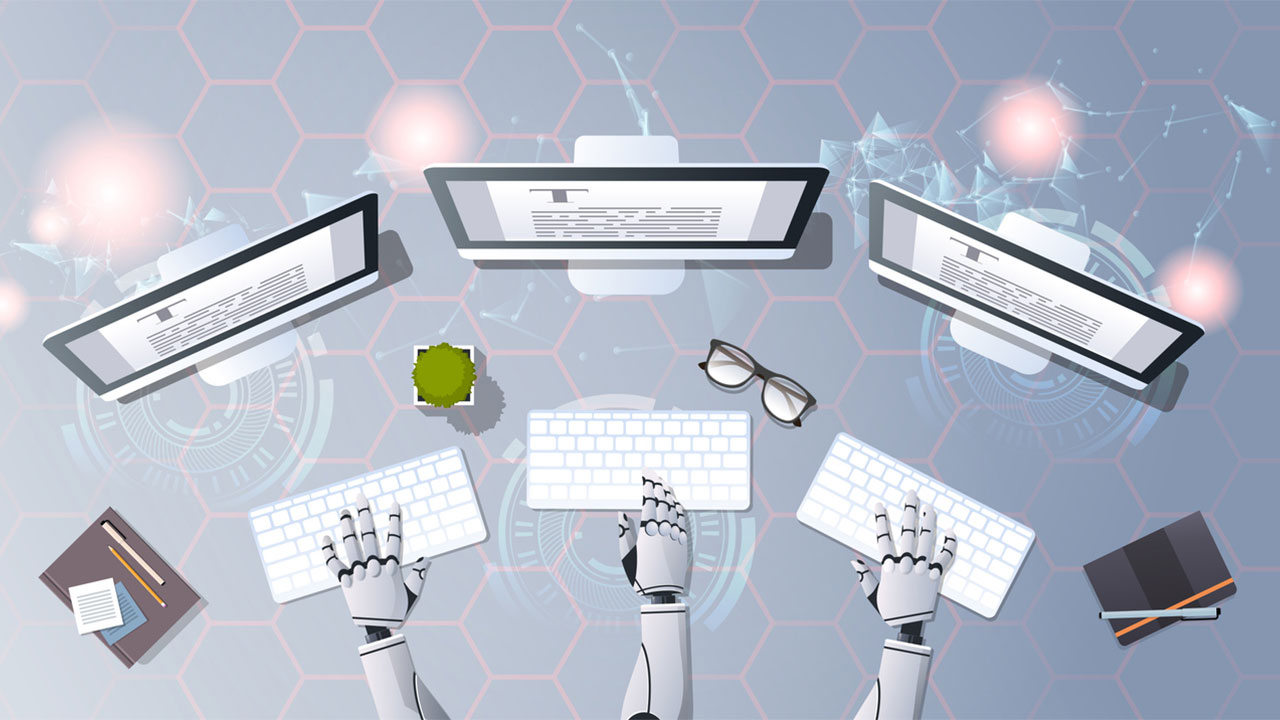WITH TODAY’S ADVANCES in automation and AI, combined with the difficulty of hiring skilled staff, a “shift left” strategy for the service desk that moves problem resolution to lower-level techs or enables end users to self-serve can offer cost savings and greater efficiency. However, MSPs will need to be mindful to keep the personal touch too.
“I’m envisioning a whole new level of automation with GPT,” says Pax8 Co-Founder and Chief Science Officer Klaus Dimmler. “I’ve seen MSPs really focus on decreasing the amount of time they spend on tickets. Yes, they want to talk to customers, but not via tickets. AI is really going to enable that.”
“It’s getting harder and harder to find people,” explains Jonathan Tock, founder and principal consultant at SingleWave Technologies, an MSP in St. Charles, Mo. “Automation is everything we hear about. Everyone is trying to figure out how to do more without manual folks.”

Jonathan Tock
Josh Peterson, CEO of consultancy Bering McKinley, recommends that MSPs be cautious about self-service though. “You need to tread so very, very carefully with any self-help,” he warns. “We can get better with ticket flow and with how a client engages with that workflow,” he says, “but they [the customer] bought your service because they like and trust you.”
So, how might MSPs employ new technology like ChatGPT to free up technician time and talent while also providing a pleasant human-like experience for help desk customers?
“Everyone’s trying to figure out how to implement AI now rather than wait,” says Tock, “but everyone wants that personal feel in their communications.”
Peterson agrees, adding that AI is likely to unfold relatively quickly as a tool, but not so fast at replacing human support. “The question is: How do we make the client’s engagement easier and less taxing on the MSP?” he says. “I think AI is going to be a critical part of that. We’ll be getting more into responsive robots that are going to learn and gather information.”
In the meantime, both Peterson and Tock remind MSPs there’s plenty they can do to streamline their customer service efforts.
“Shift left internally,” Peterson advises. “Try to figure out how to get automation with the tools you have. How can you get all your transaction times lower? Whether it’s invoicing, managing the ticket, sending out a proposal, or even how to engage the client without a one-on-one conversation.”
As for the help desk, Peterson says it comes down to “foundational dispatching theory: Did I apply good hygiene to the ticket and assign it to the right resource?”
“I don’t ever think you want to take people out of it,” Tock reiterates. “But we can do a lot by being more proactive rather than reactive.”
Image: iStock














